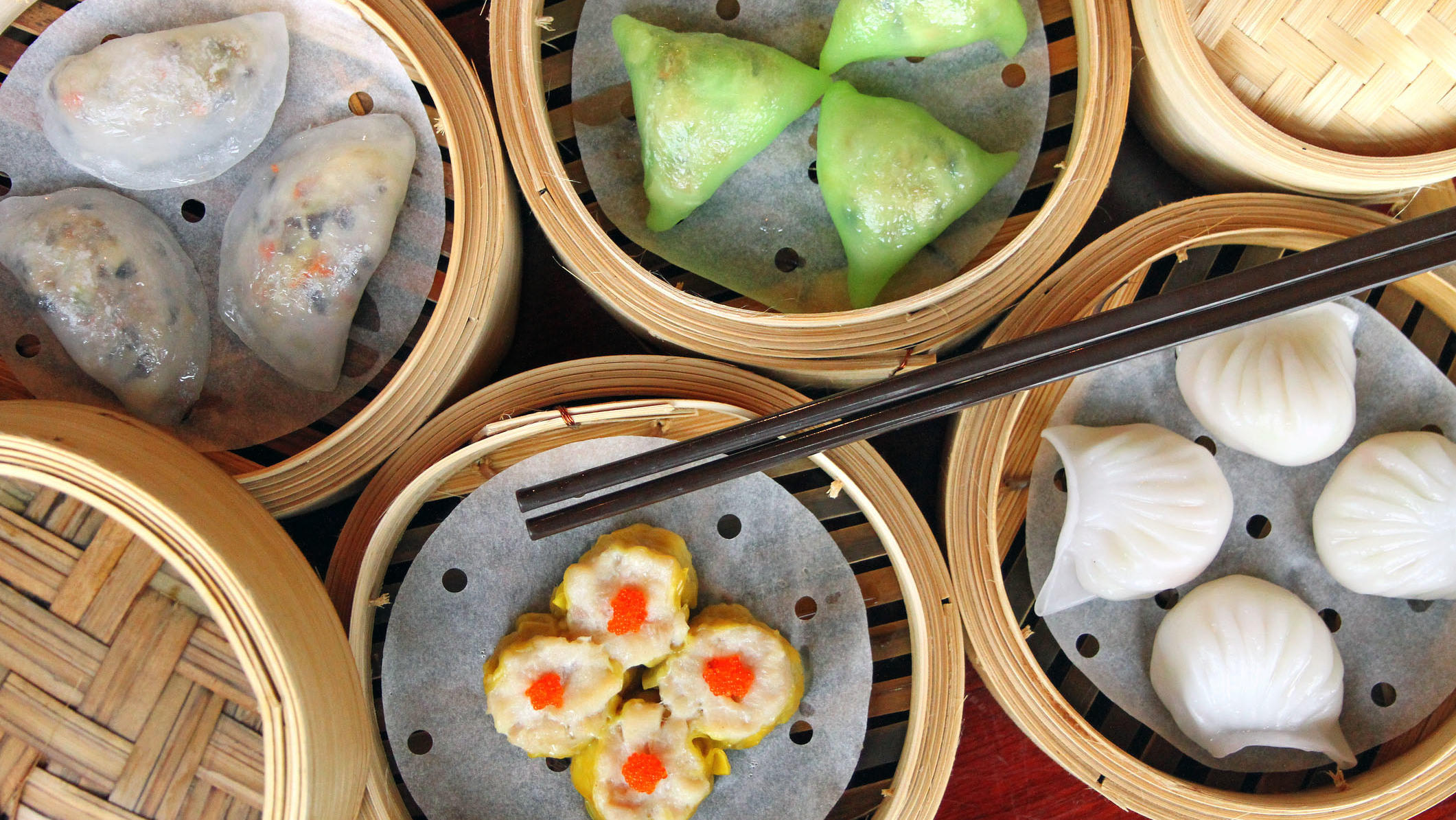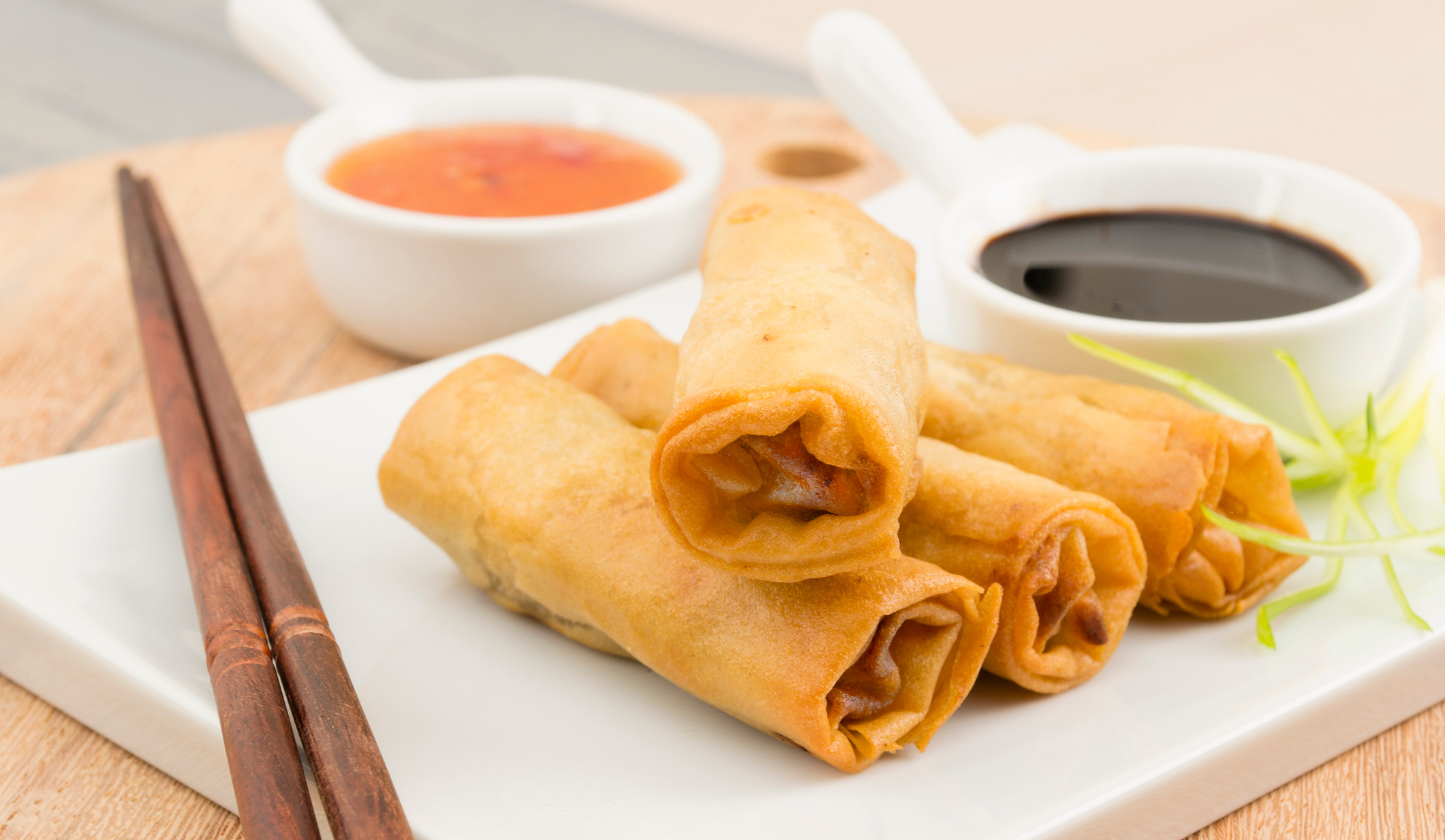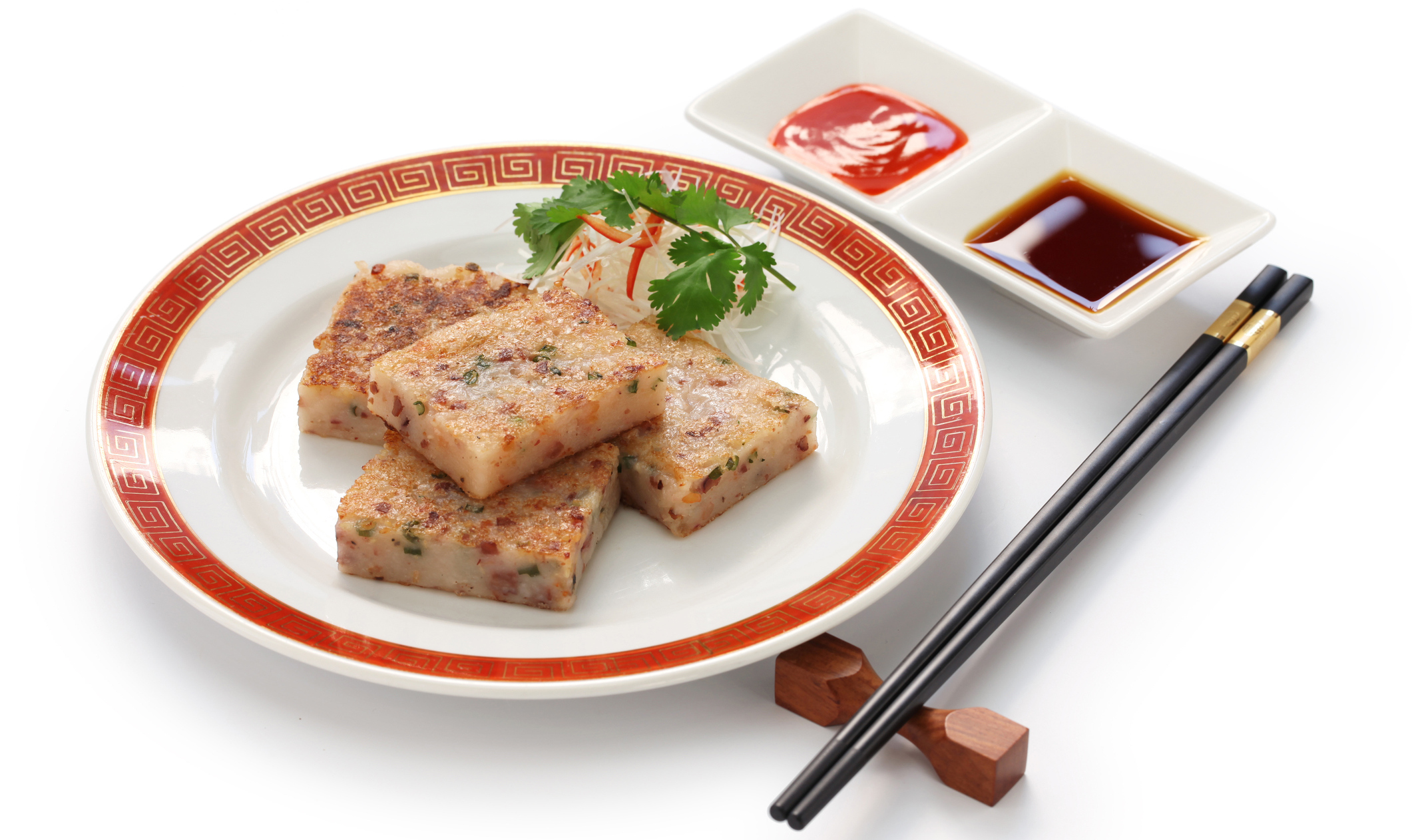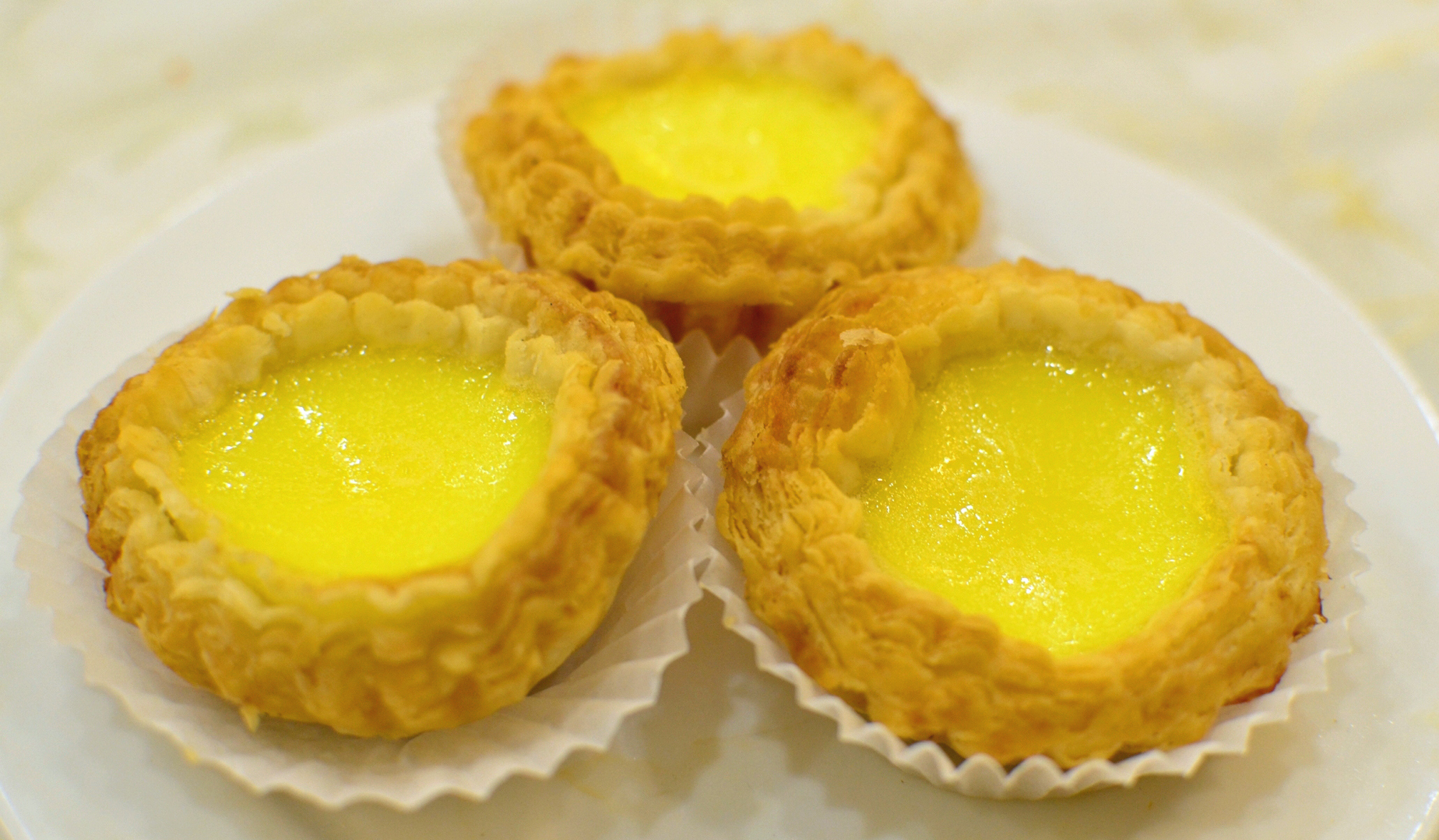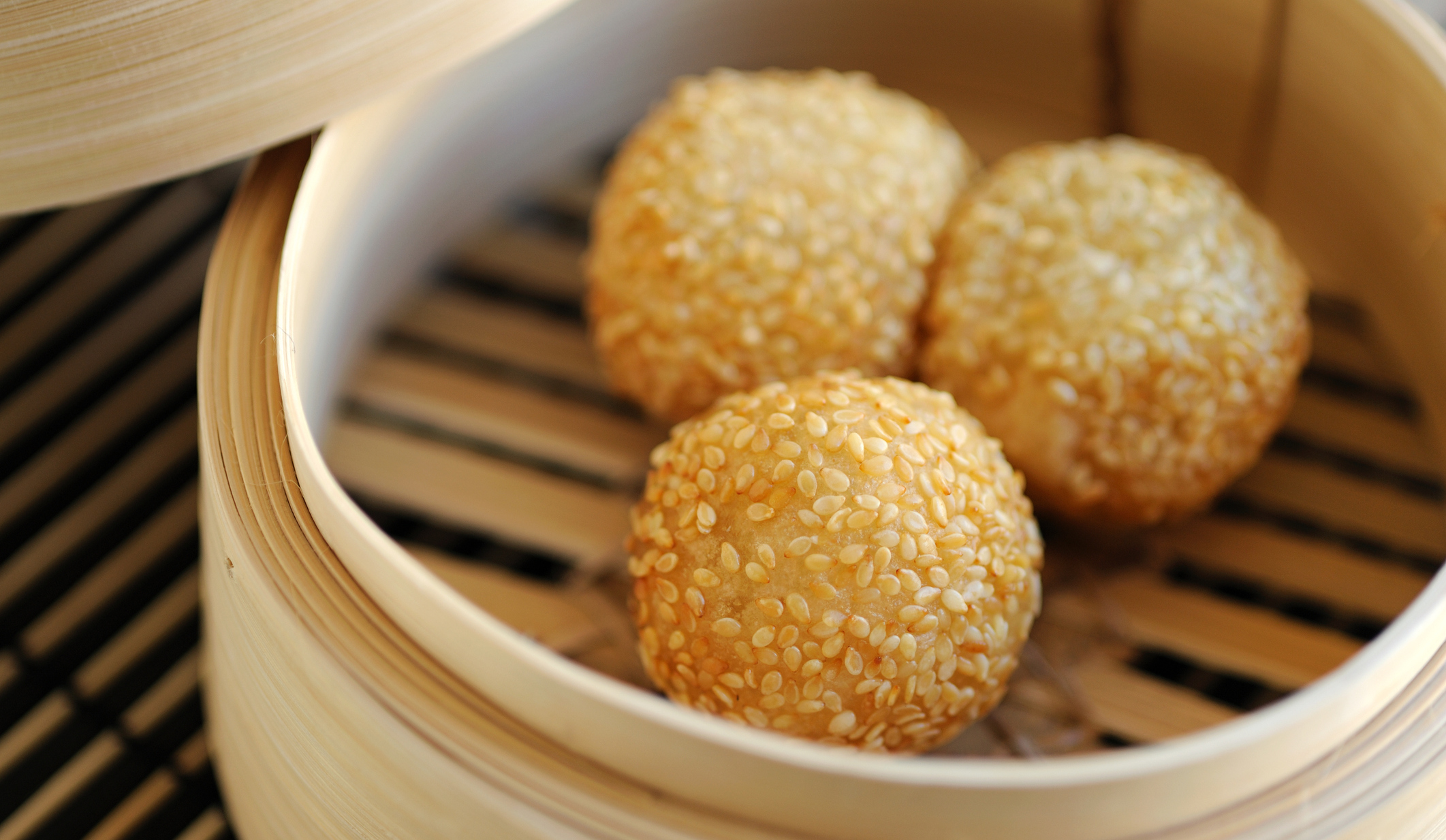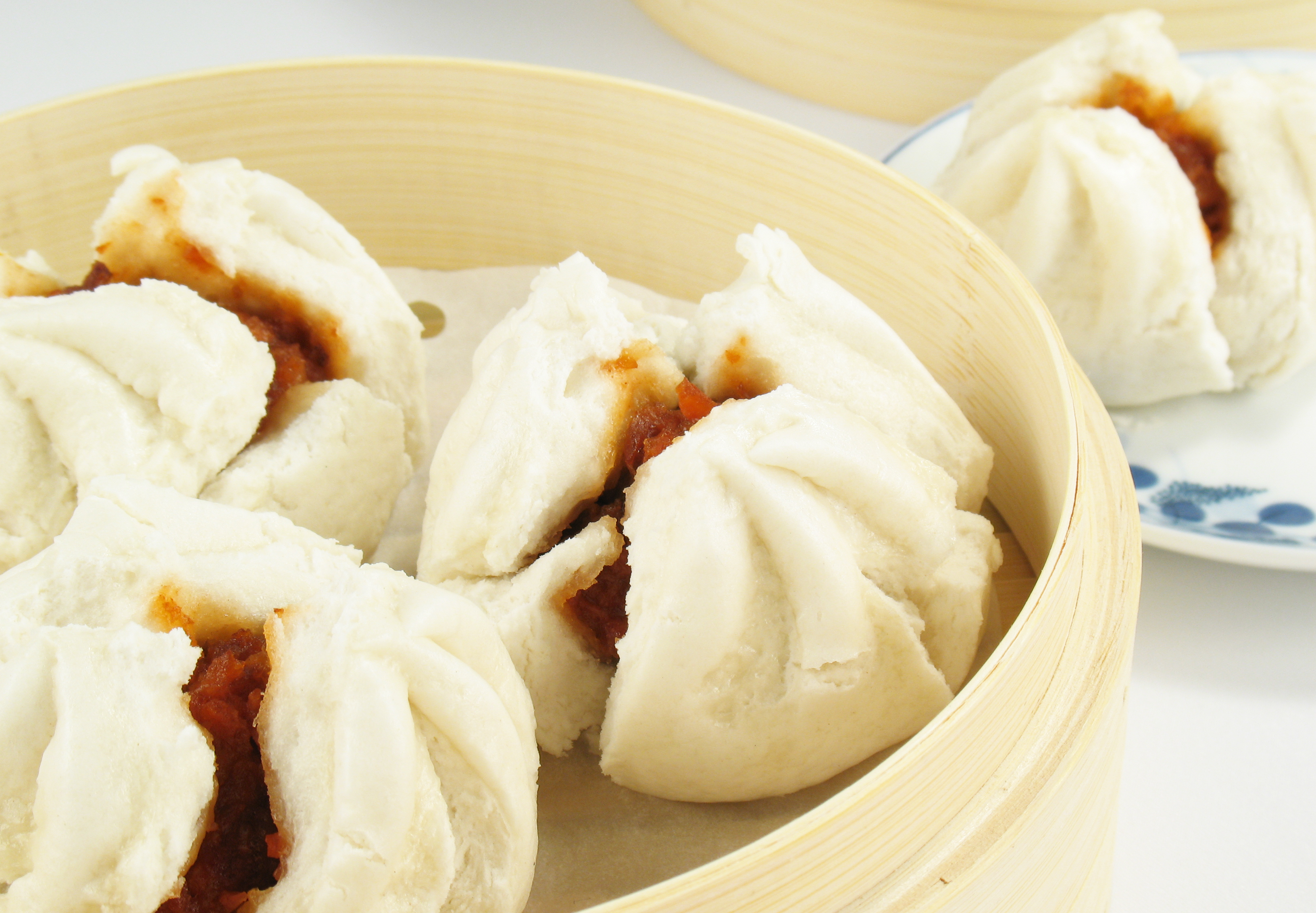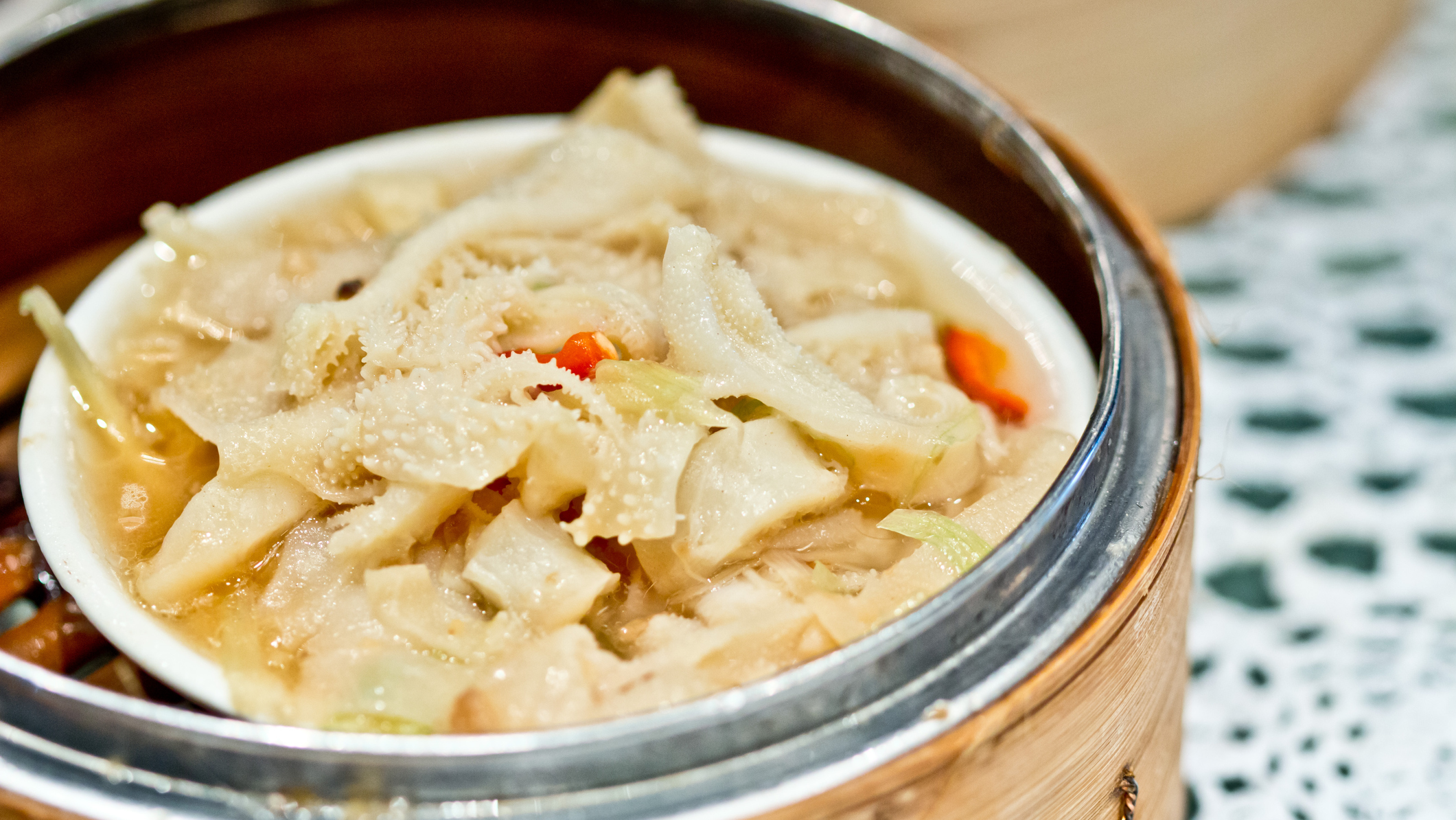How To Eat Dim Sum Like An Expert, Part 2
In part one of this ongoing series, we explored dim sum's greatest hits, and what I—as a Hong Kong-reared dim sum obsessive—look for in separating the great from the merely adequate. This time, we dive deep into six more menu staples, and the signs to notice in order to achieve expert dim sum proficiency.
Spring roll 春卷
The Chinese call it spring rolls, Americans call it egg rolls, and though they're conceptually similar its components are notably different. For one, spring rolls at dim sum restaurants feature a shatteringly crisp exterior, less doughy and thick than American egg rolls. Spring rolls are also stubbier, closer to the size of a cigar than a chimichanga. Inside, the filling starts with a base of shredded pork, mushrooms, and bean sprouts, and finer renditions are subtly saucy on the inside. The crisp wafer-like exterior should be grease free, smooth, and dry. Don't ask for sweet and sour sauce, rather, go with what we Cantonese prefer with our spring rolls: Worcestershire sauce.
Radish cake 蘿蔔糕
The closest analog to this beloved dim sum staple is Italian polenta squares. Shredded radish (or turnip) is mixed into a batter with dried shrimp, mushrooms, and Chinese sausage, then formed into squares and pan-fried to a savory crisp. And therein lies the key: These must be aggressively fried to a deep browned crust, so look for color. You also know you're at a reputable dim sum restaurant when the shrimp-mushroom-sausage filling is generously incorporated throughout the slices. A dab of Sriracha or hot chili paste is the ideal dipping accompaniment.
Egg tart 蛋撻
Descended from English custard tarts and Portuguese pastel de nata (via Hong Kong neighbor Macau), these baked pastry tarts are filled with a smooth, jiggly custard—barely set—made from eggs, milk, and flavored with vanilla. At Cantonese bakeries you'll find these sold at room temperature, but at dim sum restaurants, egg tarts come delightfully warm and flaky. Its color plays a big part in its appeal: I especially like it when the filling is glossy and the color of sunflower, and the interior lightly sweet with a soft, creamy texture.
Fried sesame ball 煎䭔
Literally translating to "fried pile," these are deep-fried hollow balls pockmarked with golden sesame seeds. Though sweet, these straddle the line between savory and dessert, and most often consumed earlier in the dim sum meal. These balls are crisp upon first contact and immediately chewy, thanks to its sticky rice flour surface that puffs up during deep frying. The pleasure in this dish is 75 percent tactile—most of the time it'll be hollow, but it might also be stuffed with a sweet red bean or lotus paste. Don't be surprised if the dim sum server whips out scissors and snips these balls in half for you at the table.
Barbecue pork bun 叉燒包
Conduct a survey of the most crowd-pleasing dim sum items, and char siu bao (barbecue pork bun) will likely place in the top five. Steamed buns are stuffed with a filling of chopped pork marinated with hoisin, soy, and oyster sauce (despite its name, there's no wood smoke imparted in this barbecue pork). First, notice the bun: It must be fluffy, moist throughout, and tears apart with a gentle tug. Seasoned dim sum chefs will add ornamental vertical creases to the bun, making it look like a carousel pattern. And then there's the pork filling, which should never be saucy, rather paste-like with a sweetness as pronounced as its savoriness. Don't forget to remove the piece of paper on the underside—it prevented the bao from sticking to the steam carton.
Beef tripe 牛柏葉
For dim sum neophytes, its appearance can be off-putting. It's cow stomach, okay? But the good ones don't taste at all gamey or organ-like. Instead, dim sum beef tripe are hot, slick, garlicky, vaguely beefy rubber bands. Steamed in oil with green onions, ginger, and red chili, what I look for first in tripe is it must be served hot—send it back if it's lukewarm. I'm also seeking a springy snap to the texture. I wouldn't worry about it being chewy, because it's steamed to the point of tenderness. The oily sauce underneath should be flavorful enough to spoon over steamed white rice.
